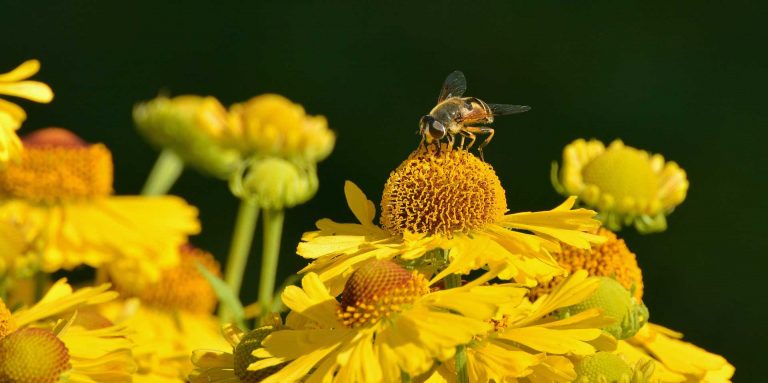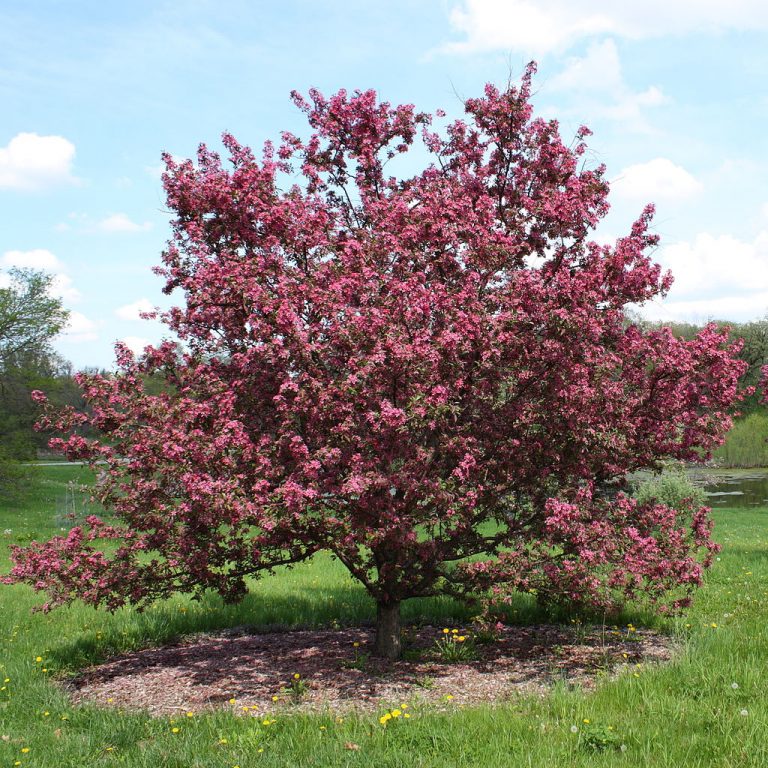Ranunculus – A Bouquet of Ranunculus Reassures Your Beau that Her Charm Bewitches You
Scientific Classification
| Kingdom: | Plantae |
| Division: | Magnoliophyta |
| Class: | Magnoliopsida |
| Order: | Ranunculales |
| Family: | Ranunculaceae |
| Genus: | Ranunculus |
The Plant Ranunculus is a variety of continually flowering type growing from the bulbous kind of tuberous roots. They also call these flowers the Persian Ranunculus Buttercup Plants. Garden centers and Florists make sales of this Ranunculus in early spring and in winter for indoor decorations. It earned the name buttercup from the fake conviction the plant provides butter of its characteristic yellow tint (in reality it is poisonous to livestock for cows). Folklore has it that giving your beau a bouquet of ranunculus reassures her that her charm bewitches you.
Anatomy
Based on the diversity, ranunculus grows everywhere to a height of 2 – 24 inches, and the flowers blossom in almost all colors. The plant Ranunculus blossoms outdoors from spring to summer, however if grown in containers and placed indoors, they bloom in just 1 to 2 weeks. The majority of Ranunculus varieties propagates through tubers. You would do well to dig them up and stock them in winter. Mostly, Ranunculus belongs to the cold-tender variety and damage easily when the temperature falls below 25°F.
How to Cultivate Domestically

Photo by: Leif Stridvall
Preparation for Planting
Ranunculus have a preference of 30 to 50 F cold weather for a period of 6 to 8 weeks, even though; they survive at soil temperatures of 10 to 20 F , They flourish in places of meek and chill winter; they endure mild frost conditions as well. Ranunculus grows well in well-drained soil and when fully exposed to the sun. Till or dig the soil, add to it 2 to 3 inches of organic compost and merge it. Abide by the instructions on the label and apply a little bulb food on the surface of the soil. Make sure that the Ranunculus bulbs avoid contact with the fertilizer; they may get burned.
Planting
Prior to planting, immerse the bulb in water for about an hour. Make a 2-inch deep hole and bury the bulb with the claw-spidery legs below. Plant the bulbs at a distance of 4 to 6 inches apart and put soil over it. Till the plants shoot, water them well maintaining even moisture, not mushy.
Placement and Watering
At the end of autumn, dig the ranunculus, remove the leaves and stalk the tubers in a dry and cool place until spring arrives. Tubers remain on the ground in places with moderate winter. To uphold the soil temperatures evenly, place a layer of mulch on top of them that will hold the moisture.
Prior to your planting, water and moisten the soil. As for the tubers that you soaked earlier, wait for the sprouts to appear in a period of 2 to 3 weeks and only then do water them. After the bulbs sprout and when you feel the soil dry, water them weekly once.
Flowering Period
In the southern and western region, we often see the ranunculus in the mild-winter regions, in states like Nevada, New Mexico, California, Arizona, Louisiana and Texas (USDA Hardiness Zones 8 through 11), where they flourish. If you plant the Ranunculus in the month of October or November, they blossom in the month of March.
After Bloom Care

Photo by: Thomas Jochmann
While blooming is over in the fall, water the soil only in case it is dry. The leaves collect energy from the sun and render it to the bulb. When the leaves become yellow, remove them, uproot the bulbs, and leave them outside to dry, and then soak in vermiculite and keep them in a covered box.
As Cut Flowers
Ranunculus is a loved cut flower of the garden. After cutting, they last for 7 days. For beautifying and bringing color to your office or your home, cut them in the small hours of the morning and arrange them in vases. Cutting favors better blooming.

Having discovered a fondness for insects while pursuing her degree in Biology, Randi Jones was quite bugged to know that people usually dismissed these little creatures as “creepy-crawlies”.







